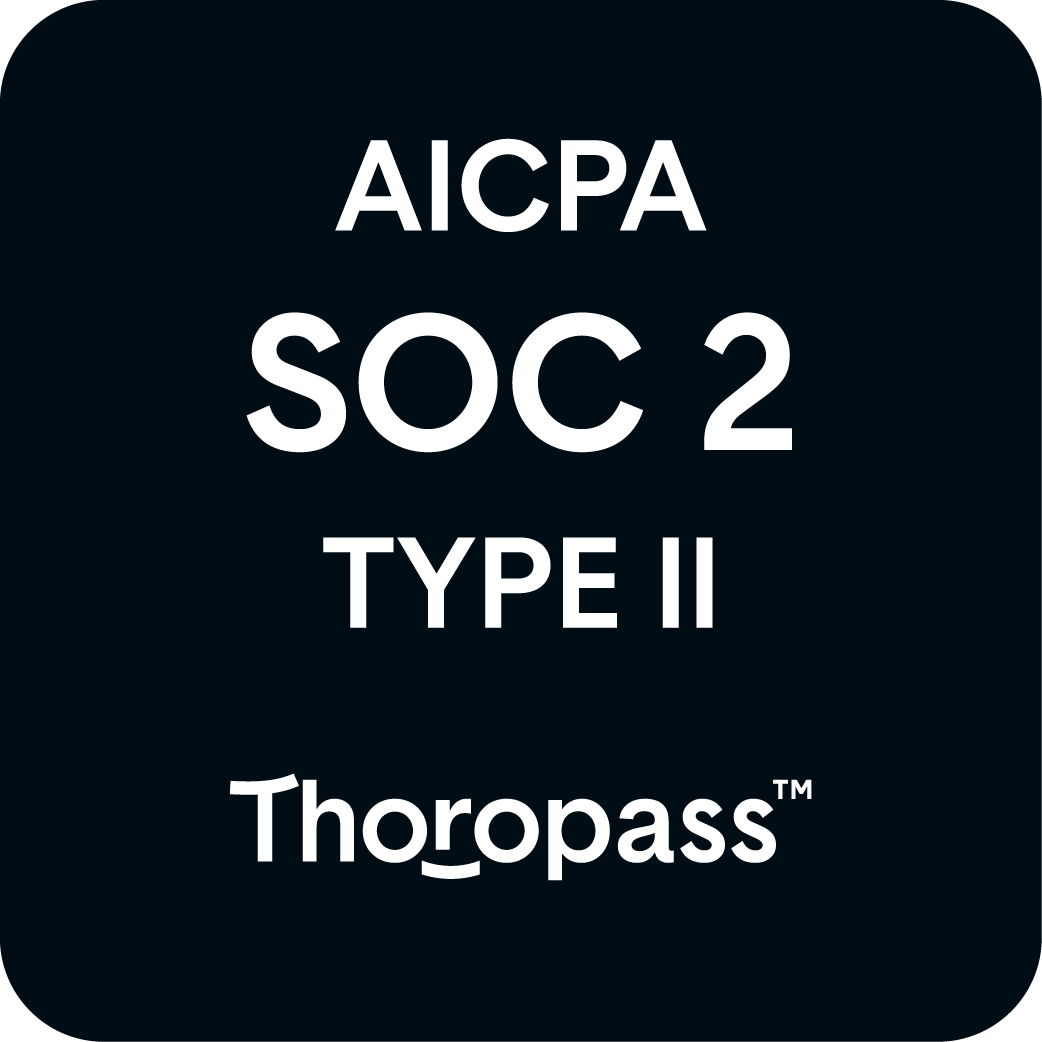Ad rotation displays different ads cyclically to prevent audience fatigue and optimise performance
Reduces ad fatigue by 60-80% while maintaining audience engagement over longer periods
Enables continuous testing to identify top-performing creative elements and messaging
Ad rotation is the strategic practice of displaying different advertisements within a single campaign in a cyclical, sequential, or randomised pattern. This approach ensures audiences see varied creative content rather than the same ad repeatedly, maintaining engagement while providing valuable performance data across different creative approaches.
Modern ad rotation goes beyond simple sequential display, incorporating intelligent algorithms that consider factors like audience behaviour, time of day, device type, and historical performance data to determine which ad variation to show each individual user at the optimal moment.
This technique is fundamental to digital advertising success, enabling marketers to combat ad fatigue, test creative effectiveness, and maximise campaign performance through data-driven optimisation.
Enhanced Ad Performance Through Testing
Ad rotation enables continuous performance comparison between different creative approaches, messaging strategies, and visual elements. By systematically testing variations, marketers identify which combinations resonate most effectively with their target audience, leading to improved click-through rates and conversion performance.
Significant Reduction in Ad Fatigue
Repeated exposure to identical ads leads to decreased audience engagement and negative brand perception. Ad rotation maintains freshness by ensuring audiences encounter varied content, preventing the performance decline associated with creative staleness and maintaining campaign effectiveness over extended periods.
Expanded Campaign Reach and Engagement
Different ad variations appeal to different audience segments and preferences. By rotating multiple creative approaches, campaigns can effectively engage broader audience segments, increasing overall reach while maintaining relevance for specific demographic or psychographic groups.
Improved Cost Efficiency
Ad rotation helps identify and eliminate underperforming creative elements while amplifying successful variations. This optimisation process reduces wasted ad spend on ineffective creatives and concentrates budget on proven performers, improving overall campaign ROI.
Real-Time Optimisation Capabilities
Modern ad rotation systems provide continuous performance feedback, enabling marketers to make data-driven adjustments during live campaigns. This real-time optimisation capability ensures campaigns maintain peak performance throughout their duration.
Even Rotation
Displays all ad variations equally, providing balanced exposure for fair performance comparison during testing phases.
Optimised Rotation
Algorithms automatically favour better-performing ads while still testing other variations, balancing performance optimisation with ongoing testing.
Sequential Rotation
Shows ads in predetermined order, useful for storytelling campaigns or messaging that builds upon previous interactions.
Weighted Rotation
Assigns different probability weights to ad variations based on performance goals, audience segments, or strategic priorities.
Creative automation transforms ad rotation from a manual, resource-intensive process into an intelligent, scalable system that maximises campaign effectiveness:
Automated Variation Generation
Instead of manually creating multiple ad versions, creative automation platforms generate numerous variations using templates, dynamic content insertion, and algorithmic combinations of creative elements. This capability enables extensive testing with minimal manual effort.
Intelligent Performance Analysis
Advanced automation systems continuously analyse performance metrics across all ad variations, automatically identifying patterns and insights that inform rotation strategies. Machine learning algorithms detect subtle performance differences that human analysis might miss.
Dynamic Content Optimisation
Automation platforms can adjust ad rotation strategies in real-time based on audience behaviour, engagement patterns, and conversion data. The system learns which variations perform best for specific audience segments and optimises rotation accordingly.
Consistent Brand Management
Automated systems ensure all rotated ad variations maintain brand consistency while testing different creative approaches. Template-based generation guarantees adherence to brand guidelines across all variations.
Scalable Testing Infrastructure
Creative automation enables simultaneous testing of hundreds or thousands of ad variations across multiple campaigns and channels, providing comprehensive performance data that informs strategic decision-making.
Cross-Channel Coordination
Advanced automation platforms coordinate ad rotation across multiple channels and platforms, ensuring consistent testing methodologies and preventing audience overlap issues that could skew results.
Frequency Capping Integration
Combines ad rotation with frequency limits to ensure optimal exposure levels while maintaining creative variety.
Audience Segmentation-Based Rotation
Tailors ad rotation strategies to specific audience segments, showing different creative approaches to different demographic or behavioral groups.
Time-Based Rotation Scheduling
Adjusts ad rotation patterns based on time of day, day of week, or seasonal factors to maximise relevance and performance.
Performance Threshold Automation
Automatically pauses underperforming variations and promotes successful ones based on predetermined performance criteria.
A/B Testing - Systematic comparison method enhanced by ad rotation
Creative Testing - Broader testing strategy that includes ad rotation
Ad Fatigue - Problem solved by effective ad rotation
Dynamic Creative Optimisation - Advanced form of automated ad rotation
Frequency Capping - Complementary technique for managing ad exposure
Ad rotation is essential for maintaining campaign effectiveness and maximising advertising ROI. When enhanced with creative automation, this strategy becomes a powerful engine for continuous optimisation, enabling marketers to deliver fresh, relevant content that drives sustained audience engagement and superior performance results.
Product
Use cases
Integrations
© 2025 CreateTOTALLY. All rights reserved.
